Deck & Commander Strategies
Jhiora of the Ghitu
Focuses on time manipulation and spell recursion, utilizing cards like Possibility Storm to chain spells and Paradoxical Outcome to maximize value from instant and sorcery spells.
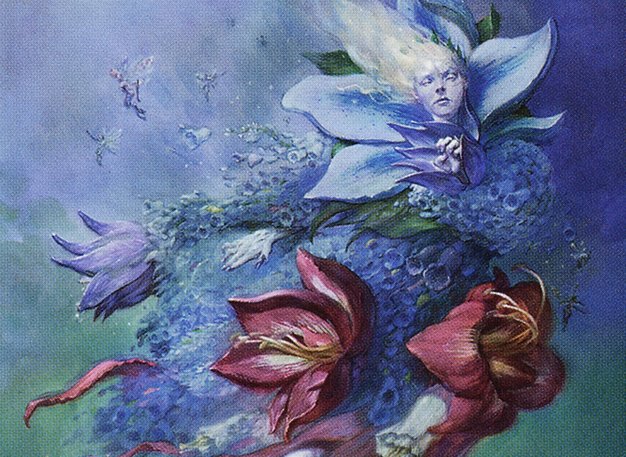
Oona, Queen of the Fae
Plays a fairy tribal deck emphasizing disruption and token generation with Bitterblossom and Spellstutter Sprite to control opponents and generate card advantage.

Iroas, God of Victory
Aggro deck built around an abundance of one-drop creatures to quickly establish board dominance and apply pressure, leveraging Iroas’s combat buffs.
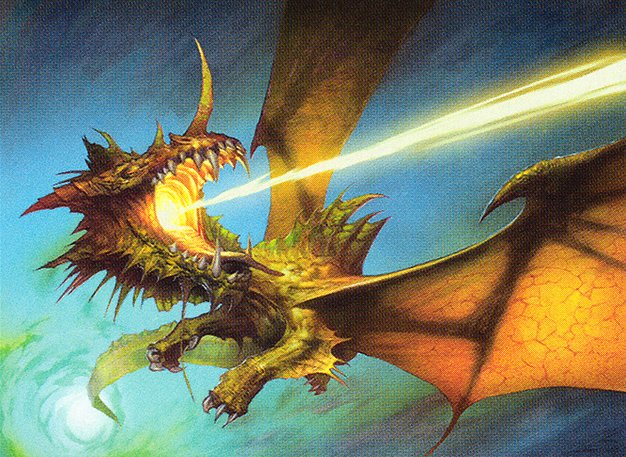
Scion of the Ur-Dragon
Dragon tribal deck that focuses on deploying actual dragons rather than combos, aiming to overpower opponents with powerful dragon creatures.
Gameplay Insights
- 1
The aggressive one-drop strategy from the Iroas player established early board presence, forcing opponents to react quickly.
- 2
Jhiora’s use of Possibility Storm created unpredictable spell chains that could disrupt opponents’ plans or generate advantageous outcomes.
- 3
Oona’s fairy tribal deck leveraged Bitterblossom’s token production combined with counterspell effects to maintain board control.
- 4
Scion of the Ur-Dragon’s choice to avoid combo and focus on real dragons changed the dynamic, making the game more about creature combat than infinite combos.
- 5
The interaction between Dragon Hunter and the dragon-heavy deck demonstrated targeted hate strategies influencing deckbuilding and gameplay decisions.
Notable Cards
-
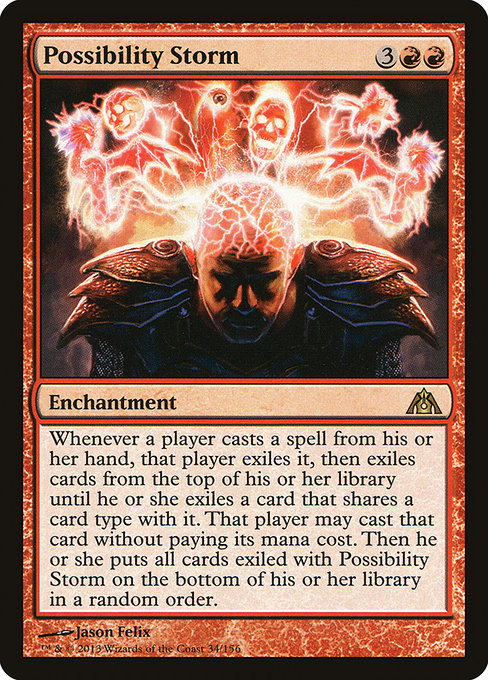
Possibility Storm
-
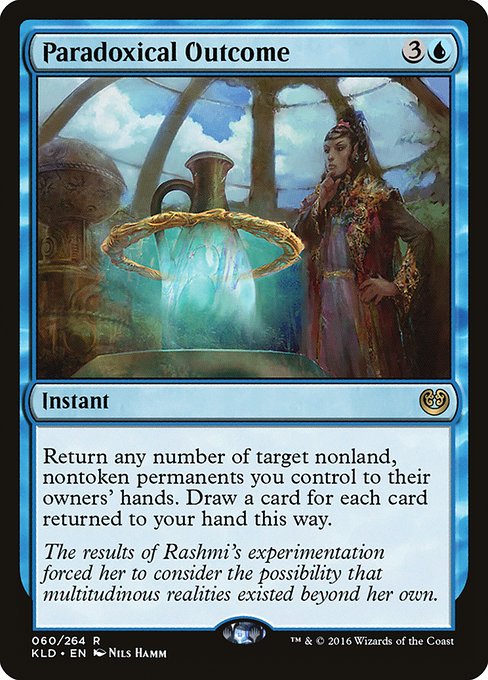
Paradoxical Outcome
-
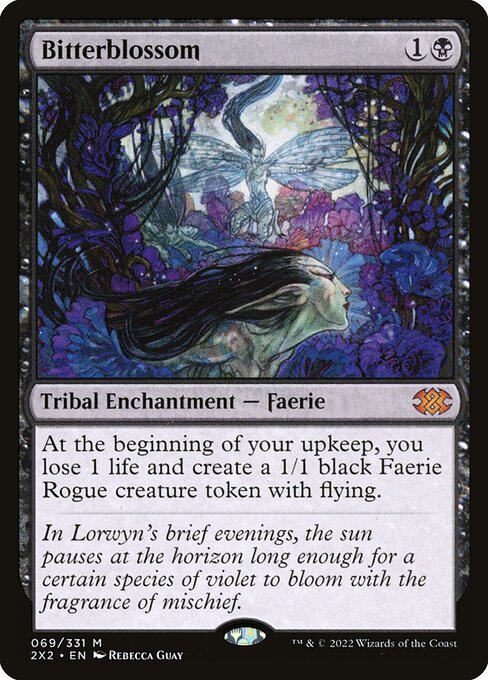
Bitterblossom
-
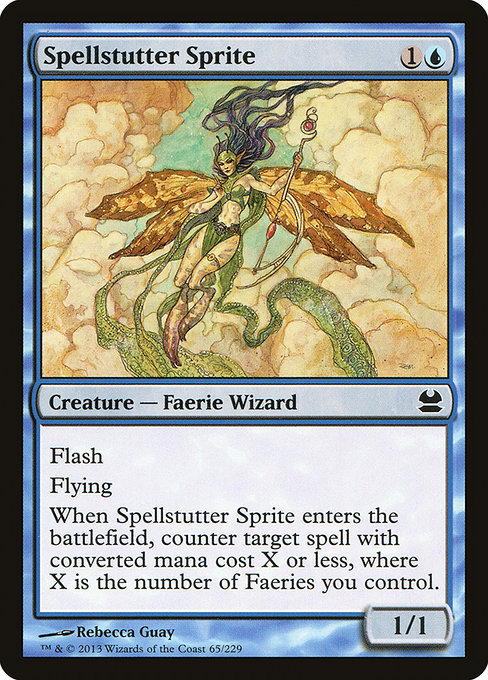
Spellstutter Sprite
-
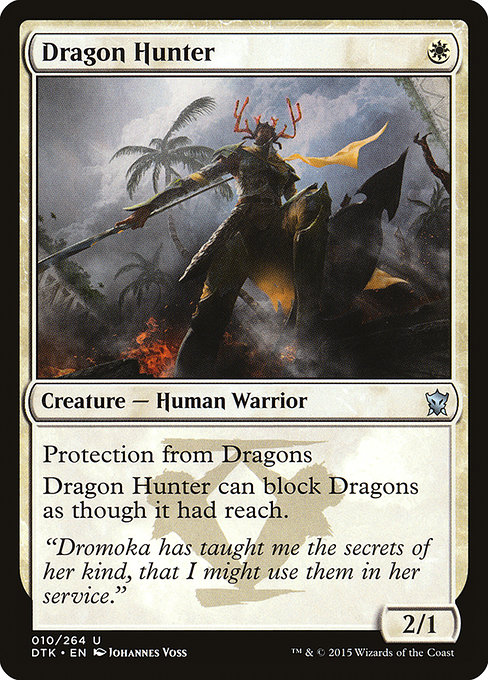
Dragon Hunter
-

Shivan Dragon
-
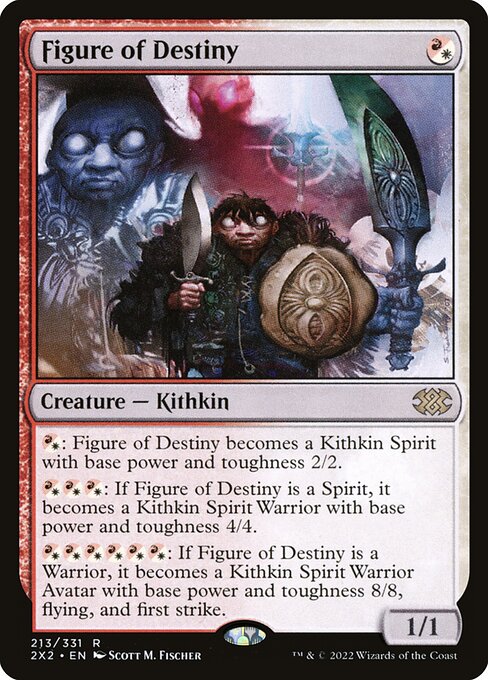
Figure of Destiny
Gameplay Summary
In this multiplayer Commander game, four players faced off with decks built strictly from Modern-legal cards, featuring the commanders Jhiora of the Ghitu, Oona, Queen of the Fae, Iroas, God of Victory, and Scion of the Ur-Dragon.
Early gameplay centered around aggressive starts with many one-drop creatures, especially from the Iroas player who aimed to capitalize on early board presence.
Jhiora's deck incorporated time manipulation and spell-casting synergies, including cards like Possibility Storm and Paradoxical Outcome to control the pace and generate value from spells.
Meanwhile, Oona’s deck leaned into a fairy tribal theme with disruptive elements such as Bitterblossom and Spellstutter Sprite, focusing on controlling the board and generating tokens.
![Commander VS S3E4: Jhiora vs Iroas vs Scion of the Ur-Dragon vs Oona [MTG: Multiplayer] thumbnail](https://i.ytimg.com/vi/Mr3sJsmVTFw/maxresdefault.jpg)



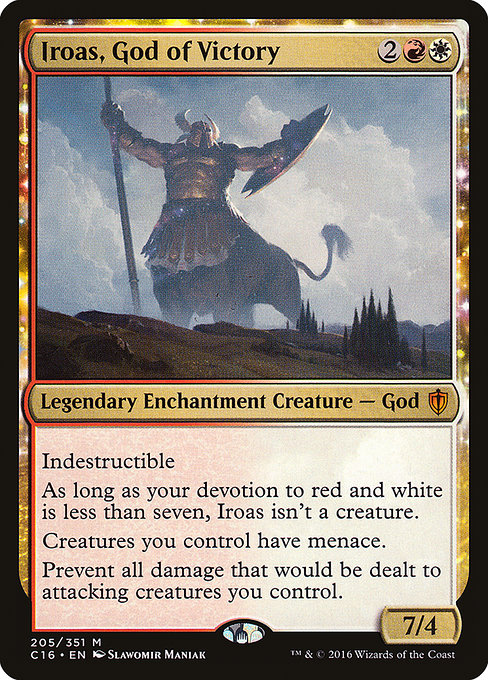

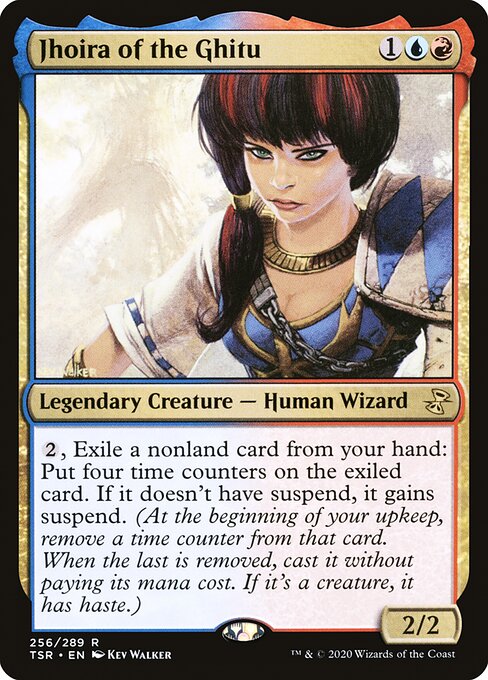
![Commander Versus Series: Ur-Dragon (David McDarby) vs Sen Triplets (Danny West) [MTG/EDH] thumbnail](https://i.ytimg.com/vi/yRCcWRRtVcw/sddefault.jpg)
![Commander VS S1E4: Prossh vs Derevi vs Karador vs Scion [MTG Multiplayer] thumbnail](https://i.ytimg.com/vi/qKq_zjLSJU8/sddefault.jpg)
![Commander VS S14E7: Sharuum vs Jhoira vs Melek vs Kynaios and Tiro [EDH] thumbnail](https://i.ytimg.com/vi/1vD3yLJEw7E/sddefault.jpg)



























![Herumkommandiert #05 | Halloween Commander EDH Gameplay [Deutsch] thumbnail](https://i.ytimg.com/vi/TYi-yLuHxeU/sddefault.jpg)














